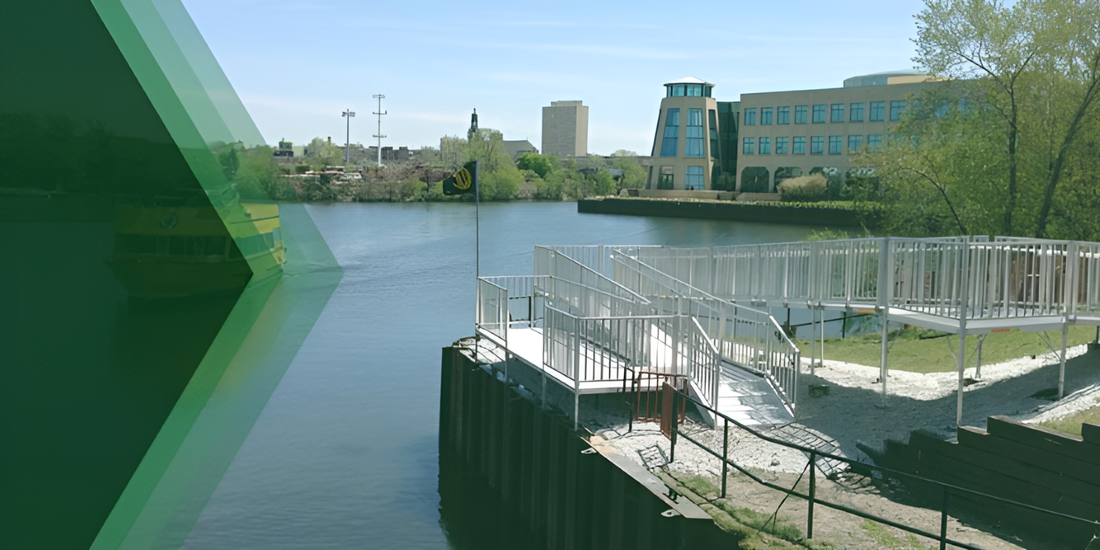A One World Health Organisation study describes how individuals with disabilities are less likely to socialize or work without accessible transport. Not only is this socially exclusive, but it limits the economic potential for disabled tourism. In order to remedy both of these issues, we thought we’d dream a little bit and imagine what it would take to have a truly accessible city.

Sidewalk Mapping App
Mapping apps are great for navigating which routes are best to take from point A to point B, but they aren’t the best for detailing things like ramp access and dropped curbs. Without these types of notes, individuals with disabilities have to rely on good Samaritans passing by to help guide or inform how they can move about the city.
One example of an app to help with sidewalk and public space accessibility is AccessMap, which is currently being used in Seattle. This app enables users to type in a destination and receive suggested routes depending on customized settings, such as limiting uphill or downhill inclines. For example, while Google Maps sends pedestrians from University Street station to City Hall via Seneca Street, with its steep 10% grade, AccessMap sends them via Pike Street instead – a slope of less than 2%.

Universal Design
According to the National Disability Authority (NDA), Universal Design “is the design and composition of an environment so that it can be accessed, understood and used to the greatest extent possible by all people regardless of their age, size, ability or disability. An environment (or any building, product, or service in that environment) should be designed to meet the needs of all people who wish to use it.
The NDA also emphasizes that this concept should not be treated as a special requirement that only benefits a minority of the population. When urban planners consider the diverse needs of the population, universal design is simply good design.

Autism-Friendly Design
Individuals with autism can be hypersensitive to sound, light, and movement, and may become overwhelmed by noisy, cluttered, or crowded spaces. Architects, interior designers, and contractors can all play a part in helping these individuals navigate public spaces easier with simple, clear lines and fixtures that are designed to keep volumes low. This can mean fabric and wall material that is made to absorb sound or quiet ventilation systems.

Inclusive Recreational Facilities
Adaptive sports are not anything new for individuals with mobility issues, but it’s still not something that’s widely offered in rec facilities around the U.S. A great start for local gyms to offer inclusive sports is to invest in adaptive sports equipment for sports like:
- Wheelchair Basketball
- Quad Rugby
- Cycling
For inspiration, check out MedStar National Rehabilitation Network’s free adaptive sports and fitness program.

Modifications to Historic Buildings
While it’s easier to design accessible spaces rather that make alterations to historic buildings, it’s still doable! By making the appropriate evaluations to existing properties and utilizing commercial-grade access systems, individuals of all abilities can witness history up close and personal.
If you’re trying to determine how to adapt a historic building to meet the needs of wheelchair users, head on over to our blog: Making Historic Buildings Accessible.
At EZ-ACCESS, we have an entire team dedicated to creating outdoor routes that are accessible to individuals of all abilities.
Take a look at our commercial access solutions for public spaces or reach out for assistance today!

